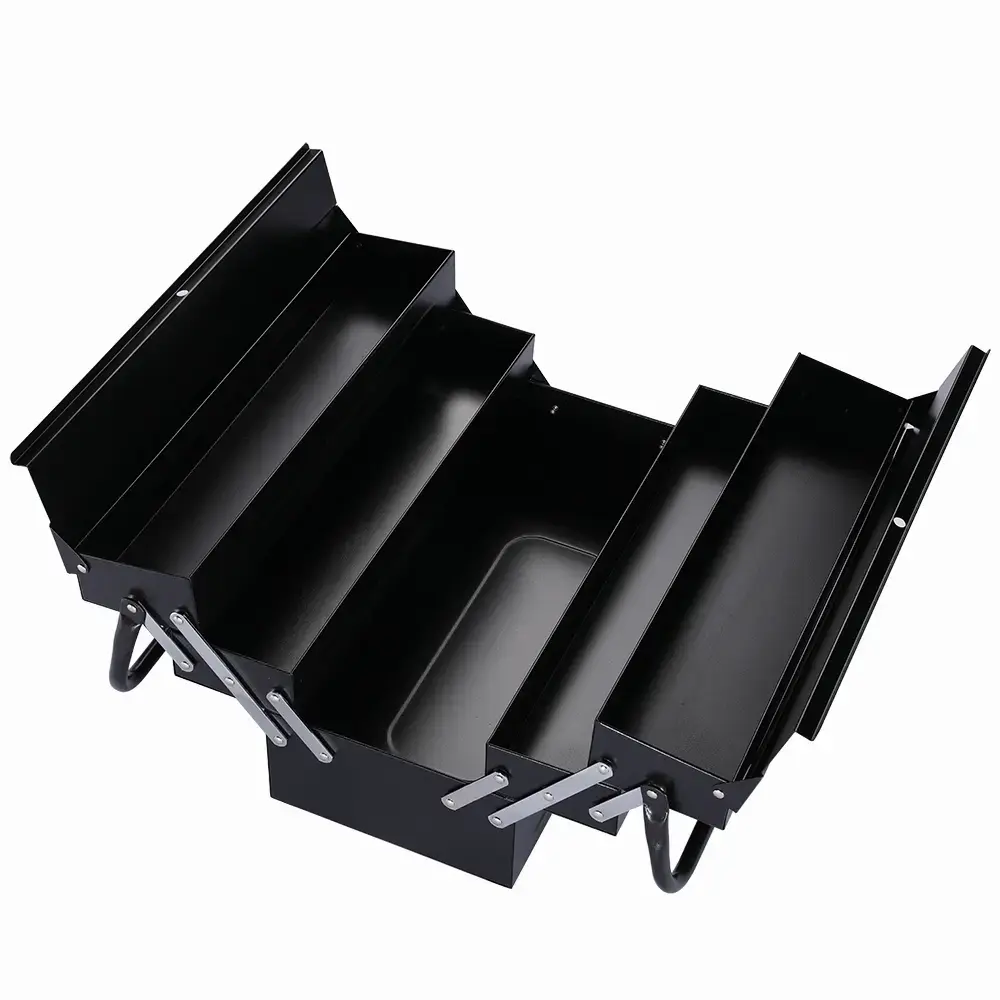How do I maintain my kit environmentally
In daily life, the toolbox is a good helper for us to store and manage various tools. However, many people may not realize that the way you maintain your kit can also have an impact on the environment. By adopting environmentally friendly maintenance methods, we are not only able to extend the life of the toolbox, but also contribute to sustainable development. Here are some simple and effective eco-friendly maintenance tips to help you achieve green living.
1. Choose a tool kit with eco-friendly materials
Choosing an environmentally friendly kit at the source is the first step towards sustainable care. Today, there are many toolboxes on the market that are made from recycled or natural materials, such as bamboo toolboxes or those made from recycled plastic. These materials are not only environmentally friendly, but also durable and have a long service life. By choosing such a toolbox, you reduce the stress on the environment in the first place.
2. Regular cleaning to reduce the use of chemical supplies
Regular cleaning of the kit is key to keeping it in good condition. However, during the cleaning process, try to avoid using cleaners that contain harmful chemicals. Many natural cleaners, such as white vinegar, baking soda and lemon juice, are not only effective in removing stains, but also in avoiding pollution to the environment. For example, mixing white vinegar and water in a 1:1 ratio can wipe the surface of the toolbox to remove dust and stains, while still maintaining the luster of the toolbox.
3. Reasonable storage, prolong the service life of the toolbox
Reasonable storage of tools can not only protect the tools themselves, but also reduce the wear of the toolbox. Ensure that tools are neatly placed in the toolbox to avoid overcrowding or frequent movement. This will reduce scratches and damage inside the toolbox. In addition, regular inspection of the internal structure of the toolbox and timely repair of the damaged part can extend the service life of the toolbox and reduce the waste generated by frequent replacement of the toolbox.
4. Use natural lubricants
If the drawer or hinge of the toolbox needs lubrication, try to choose a natural lubricant such as vegetable oil or wax. These materials are not only environmentally friendly, but also effective. For example, applying a small amount of olive oil to the drawer rail can reduce friction and make the drawer open and close more smoothly. Compared to traditional chemical lubricants, natural lubricants are more environmentally friendly and do not cause damage to the material of the toolbox.
5. Recycle and reuse
When the toolbox finally needs to be replaced, don't just throw it away. Many toolboxes are made from materials that can be recycled, such as metal and plastic. Sending old toolboxes to recycling stations ensures that their materials can be reused, reducing the exploitation of natural resources. In addition, you can also consider repurposing your old toolbox for other purposes, such as storing clutter or as an ornament, so that it can continue to be useful in new scenarios.
Maintenance kit is not only to maintain its good appearance and function, but also an environmentally responsible attitude. By choosing environmentally friendly materials, reducing the use of chemicals, storing properly, using natural lubricants and recycling, we can make the maintenance process of our toolboxes greener and more sustainable. Let's start with the daily details and contribute to the protection of the environment while enjoying a healthier and more environmentally friendly lifestyle.

